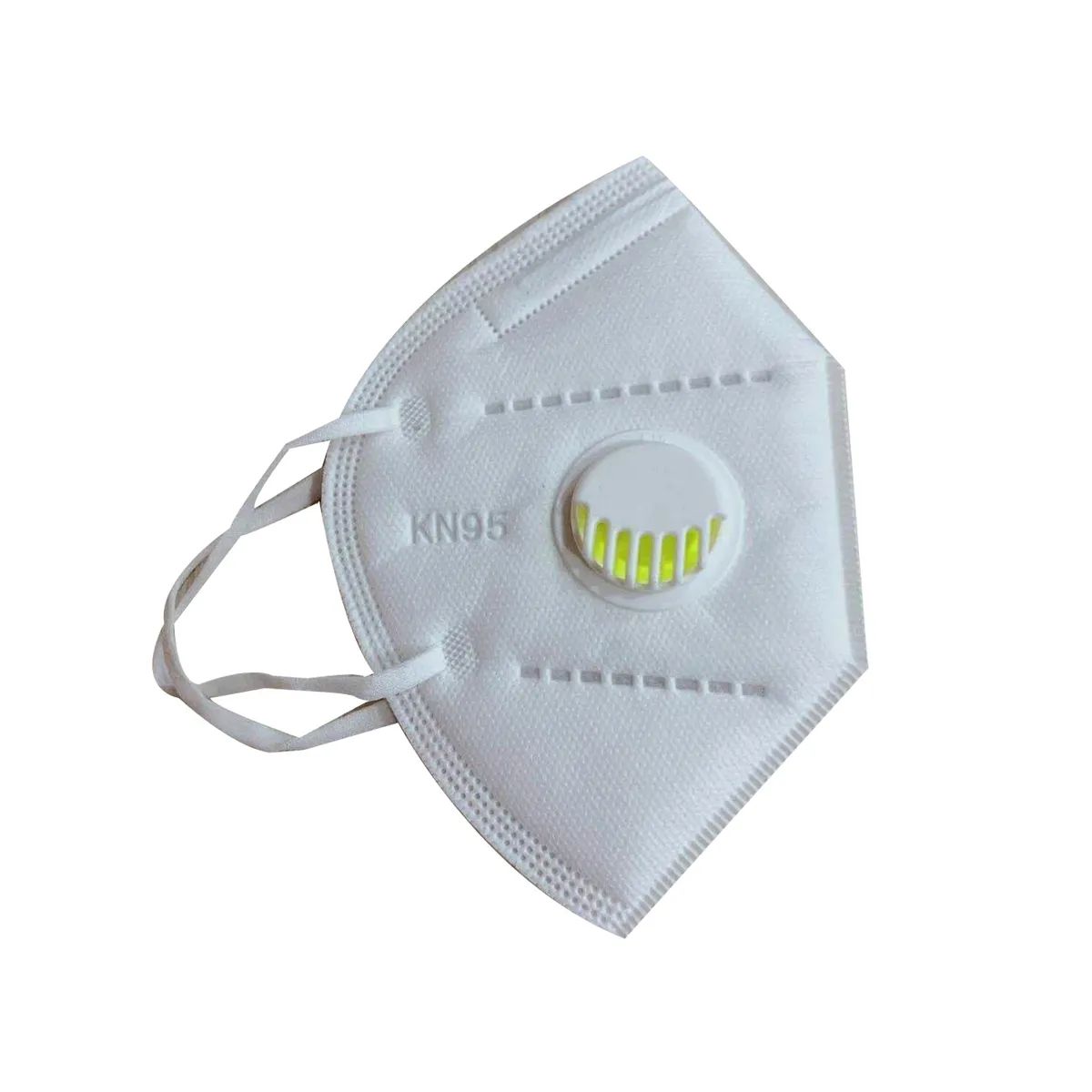Iran-Made Face Mask Integrated with Nanosensor Capable of Detecting Coronavirus

In addition to detecting Covid-19 from a person's exhaled air, the mask can detect diseases such as diabetes as well as lung and kidney problems.
The service is provided with the aim of supporting new start-ups and creative ideas, in line with the goal of developing fast and innovative laboratory diagnosis methods to be used in clinical, environmental, and food safety sectors.
The products are used in the non-invasive diagnosis of respiratory diseases using the analysis of exhaled air metabolites.
The technology is a simple, accessible, and fast method that can be quickly accepted by the general public.
Thanks to its cheap and simple design, the sensor can be manufactured and supplied as many as five million pieces per year.
Mohammad-Mehdi Bordbar, a member of the research group, said that the sensor is made of 32 acceptors consisting of "porphyrazines", modified organic dyes, "porphyrins", mineral complexes, and gold nanoparticles deposited on a paper substrate.
He went on to say that the sensor is placed on a thin cloth mask and is directly exposed to exhaled air flow for 75 minutes.
He explained that the interaction of volatile organic compounds in exhaled air with sensing elements leads to their color change, which is visible to the naked eye and is monitored by a recording device.
Bordbar emphasized that the basis for the Covid-19 diagnostic ability of the sensor is through an array of exhaled air metabolites.
It has the ability to diagnose the disease in a period of an hour without exposing the person to the contaminated environment of diagnostic laboratories, he added.
“Color change occurs in the mask as a result of inhalation and exhalation of the person. This color change is based on a unique pattern for healthy and sick people.”
Bordbar pointed out that in addition to distinguishing healthy people from those infected with Covid-19, the mask can also distinguish if a person is a smoker or has diseases such as diabetes, kidney, and acute lung failure.
The sensor has also the advantage of detecting the severity of the disease, he said, adding, “This is a feature that is not present in the rapid test sensors that are currently available in the market.”
The mask integrated with the sensor is designed in a way that reduces the humidity of exhaled air to less than five percent and prevents polluting particles from entering the mask.
4155/g





















